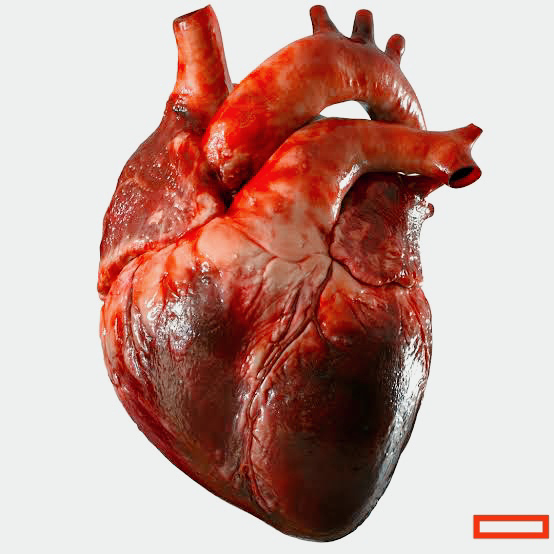CT scan
CT scan
The CT Scan: Who Invented It?
British engineer Godfrey Hounsfield of EMI Laboratories developed the first CT scanner that was marketed to the public in 1972. He and the physicist Dr. Allan Cormack jointly developed the technology. Later, the 1979 Nobel Prize in Physiology and Medicine was jointly given to both scientists. Hounsfield became Sir Godfrey Hounsfield in 1981 after receiving a knighthood.
Above: Godfrey Hounsfield with the first commercial CT scanner.
However, Johann Radon's 1917 "Radon transform" mathematical theory, which was the basis for the technology, was what actually made it possible. The "Algebraic Reconstruction Technique," developed in 1937 by Polish mathematician Stefan Kaczmarz, is another mathematical innovation that Hounsfield relied on. Hounsfield applied both school of thought to develop
Interestingly, Hounsfield was unqualified because he dropped out of school at the young age of 16. Therefore, he received just honorary degrees for all of them. He also stated that until the age of 60, he had never acquired a "permanent domicile" or been married. Hounsfield initially worked with EMI on guided weapons and radar, even though he later pioneered the CT scan. Despite his brilliance, Hounsfield's fellow Nobel laureates referred to him as a "crank." At 84 years old, he died in 2004.
How a CT system functions
The patient is moved by a motorised table through a spherical CT imaging system opening.
An X-ray source and a detection assembly within the system circle around the patient while the patient is inside the opening. Typically, one rotation takes one second or less. A portion of the patient's body is passed through by a narrow, fan-shaped X-ray beam produced by the rotating X-ray source.
The X-rays that pass through the patient's body are registered by detectors in rows across from the X-ray source as a snapshot during the image-creation process. During a full rotation, several "snapshots" (taken from various angles through the patient) are gathered.
The image data are rotated with the X-ray source and detector assembly.
Compared to traditional X-ray images, such a chest X-Ray, CT images of internal organs, bones, soft tissue, and blood arteries offer higher clarity and detail.
Uses
CT is a useful medical technology that can assist a doctor in the following ways:
Identify the illness, injury, or deformity.
Plan and direct therapeutic or interventional operations.
track the success of the treatment (e.g., cancer treatment)
Benefits/Risks
When performed properly, a CT scan has significantly more advantages than disadvantages. When used to diagnose, plan therapy for, and evaluate a variety of illnesses in both adults and children, CT scans can offer detailed information. Additionally, exploratory surgery might not be necessary given the comprehensive images produced by CT scans.
Ionizing radiation hazards and potential adverse effects from the intravenous contrast agent, or dye, which may be used to increase visibility, are two issues with CT scans. A person's lifetime chance of acquiring cancer may somewhat rise as a result of exposure to ionising radiation. Pediatric patients are more at risk for ionising radiation exposure because younger patients have a higher cancer risk per unit dose of ionising radiation than older patients do.
Thank you
Best of Luck☺️
Zeeshanfayazlone@



Comments
Post a Comment